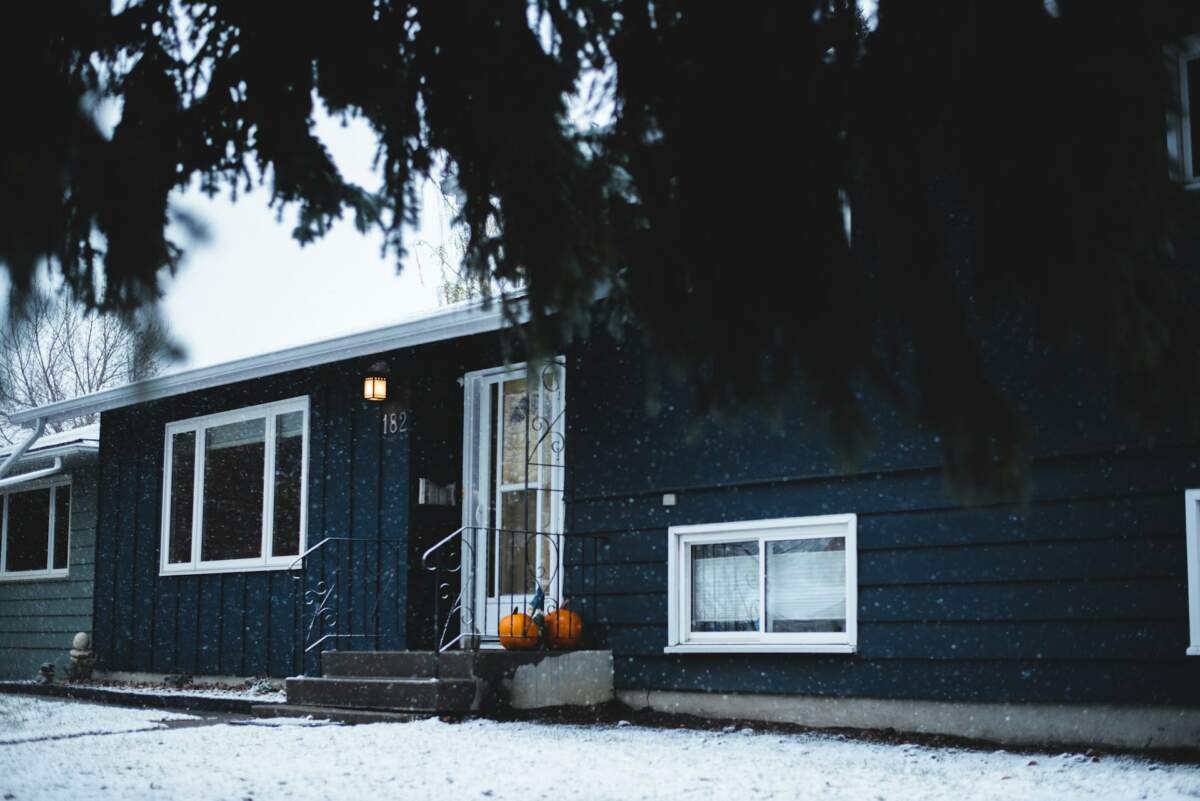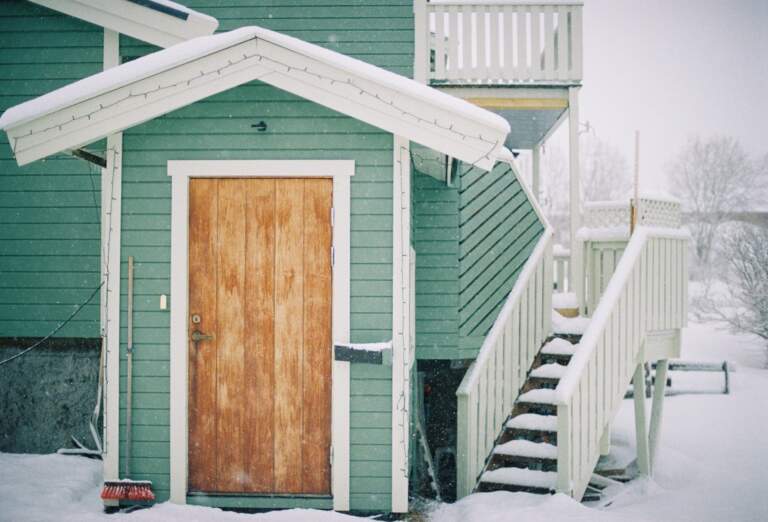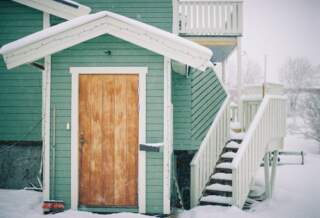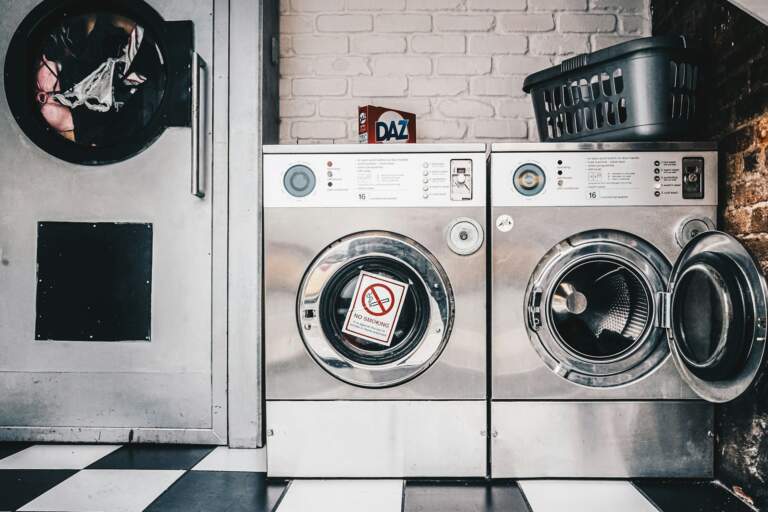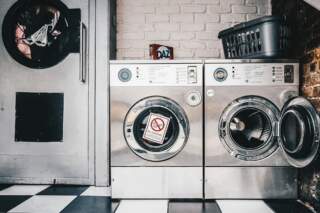When temperatures drop below freezing, your home’s plumbing system faces its greatest test. Burst pipes can cause thousands of dollars in damage within hours, turning a peaceful winter evening into a homeowner’s nightmare. The good news? Most cold-weather plumbing disasters are completely preventable with the right preparation and knowledge.
This comprehensive guide covers everything you need to know about protecting your plumbing system during the coldest months. From understanding which pipes are most vulnerable to implementing proven prevention strategies, you’ll learn how to safeguard your home against costly winter plumbing emergencies.
Understanding Your Home’s Vulnerability to Cold Weather
Why Pipes Freeze and Burst
Water expands by approximately 9% when it freezes. This expansion creates tremendous pressure inside your pipes—enough to split even the strongest materials. The freezing process typically begins in exposed areas where pipes run through unheated spaces like basements, crawl spaces, attics, and exterior walls.
High-Risk Areas in Your Home
Certain areas of your home are particularly susceptible to freezing:
- Exterior walls: Pipes running along outside walls receive less heat from your home’s interior
- Crawl spaces: These areas often lack proper insulation and heating
- Attics: Temperature fluctuations make these spaces especially problematic
- Garages: Unheated garages offer little protection from freezing temperatures
- Basement foundations: Pipes near foundation walls can freeze when temperatures drop significantly
Temperature Thresholds to Watch
Most pipes begin to freeze when temperatures drop to 20°F or below for extended periods. However, factors like wind chill, insulation quality, and pipe location can cause freezing at higher temperatures. Pay special attention to weather forecasts predicting sustained freezing conditions.
Insulation and Weatherproofing Strategies
Pipe Insulation Basics
Proper insulation forms your first line of defense against frozen pipes. Focus on these key areas:
Foam pipe insulation works well for straight runs and is easy to install. Simply cut the foam to length and secure it around pipes with tape or cable ties. For maximum effectiveness, ensure no gaps exist in the insulation coverage.
Heat tape or cables provide active heating for particularly vulnerable pipes. These electrical heating elements wrap around pipes and activate when temperatures drop. Always follow manufacturer instructions carefully and have electrical connections inspected by a professional.
Sealing Air Leaks
Cold air infiltration can quickly overwhelm even well-insulated pipes. Inspect these common problem areas:
- Foundation cracks: Seal gaps around pipes entering your home’s foundation
- Rim joists: Apply spray foam or caulk around pipes passing through floor joists
- Utility penetrations: Ensure tight seals around electrical, gas, and water lines
- Ventilation openings: Install proper dampers or covers on unused vents
Protecting Outdoor Fixtures
Exterior water connections require special attention:
Shut off water to outdoor spigots and drain all remaining water from the lines. Remove and store garden hoses indoors to prevent water from freezing in the connection.
Install insulated covers on outdoor spigots. These inexpensive covers provide crucial protection during temperature drops.
Drain sprinkler systems completely before winter arrives. Consider hiring a professional to ensure proper winterization of complex irrigation systems.
Temperature Management and Heating Solutions
Maintaining Consistent Indoor Temperature
Steady heating prevents temperature fluctuations that can catch pipes off guard:
Keep your thermostat at 55°F minimum when away from home. This temperature provides adequate protection without excessive energy costs.
Open cabinet doors under sinks to allow warm air circulation around pipes. This simple step can prevent freezing in bathroom and kitchen plumbing.
Use space heaters strategically in unheated areas like basements or crawl spaces. Ensure heaters are rated for the space and follow all safety guidelines.
Circulation and Water Flow
Moving water resists freezing better than stagnant water:
Allow faucets to drip during extremely cold weather. A slow, steady drip keeps water moving through pipes. Focus on faucets connected to pipes running through exterior walls or unheated spaces.
Run water periodically if you’ll be away from home. Ask a trusted neighbor or friend to turn on faucets daily during severe cold snaps.
Open interior doors to promote air circulation throughout your home. This helps distribute heat more evenly and prevents cold pockets from forming.
Emergency Preparedness and Response
Creating a Winter Plumbing Emergency Kit
Prepare for potential problems before they occur:
Essential tools: Pipe wrench, pliers, screwdrivers, and a flashlight with extra batteries
Materials: Pipe repair clamps, waterproof tape, and temporary patching compound
Contact information: Keep your plumber’s number readily available, including emergency contact details
Recognizing Warning Signs
Early detection can prevent minor problems from becoming major disasters:
Reduced water flow from faucets may indicate ice formation beginning in your pipes
Frost on pipes signals dangerous conditions requiring immediate action
Strange sounds like banging or gurgling from pipes suggest freezing or blockage
Immediate Response Steps
If you suspect frozen pipes:
- Turn on affected faucets to relieve pressure and allow water to flow as ice melts
- Apply gentle heat using a hair dryer, space heater, or warm towels. Never use open flames or high-heat sources
- Work from the faucet back toward the frozen area to prevent pressure buildup
- Call a professional if you cannot locate the frozen section or if pipes have already burst
Long-term Prevention and Maintenance
Annual Preparation Checklist
Start your winter plumbing preparation in late fall:
Inspect all insulation and replace damaged sections
Test heating systems in areas containing water pipes
Check and repair any air leaks discovered during the previous winter
Service outdoor fixtures and ensure proper drainage
Professional Inspection Benefits
Annual professional inspections can identify vulnerabilities you might miss:
Comprehensive assessment of your home’s plumbing system
Expert recommendations for improvements and upgrades
Code compliance verification for any recent plumbing changes
Peace of mind knowing your system is properly protected
Consider scheduling professional maintenance with qualified plumbers like those at Shaw Plumbing Services (https://shawplumbingservices.com/), who understand local climate conditions and can provide tailored solutions for your specific needs.
Investment in Permanent Solutions
Some upgrades provide long-term benefits:
Rerouting vulnerable pipes away from exterior walls
Installing frost-proof outdoor spigots that drain automatically
Upgrading insulation in crawl spaces and basements
Adding heating sources to previously unheated areas
Safeguarding Your Home Against Winter’s Challenges
Pipe protection from winter weather requires proactive planning and consistent maintenance. By understanding your home’s vulnerable areas, implementing proper insulation and weatherproofing, maintaining appropriate temperatures, and preparing for emergencies, you can prevent costly freeze-related damage.
Remember that severe winter plumbing problems often require professional expertise. Don’t hesitate to contact experienced professionals for inspection, maintenance, or emergency repairs. Taking action now to implement these winter plumbing strategies will help ensure your home remains comfortable and protected throughout the coldest months of the year.
Start your winter preparation today—your pipes and your wallet will thank you when spring arrives.
